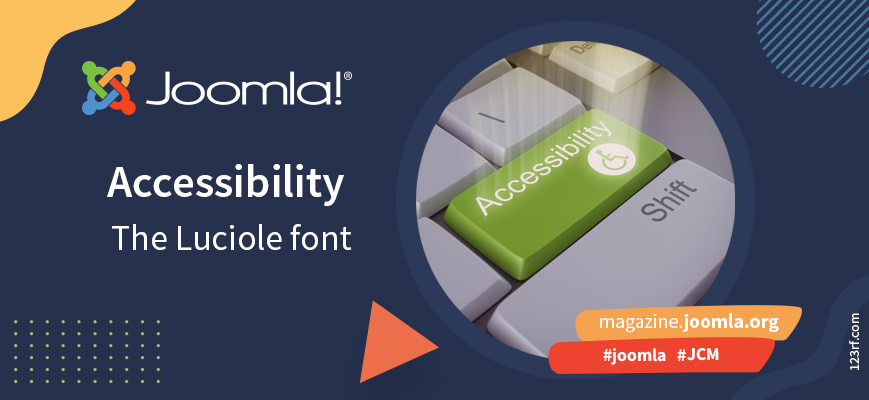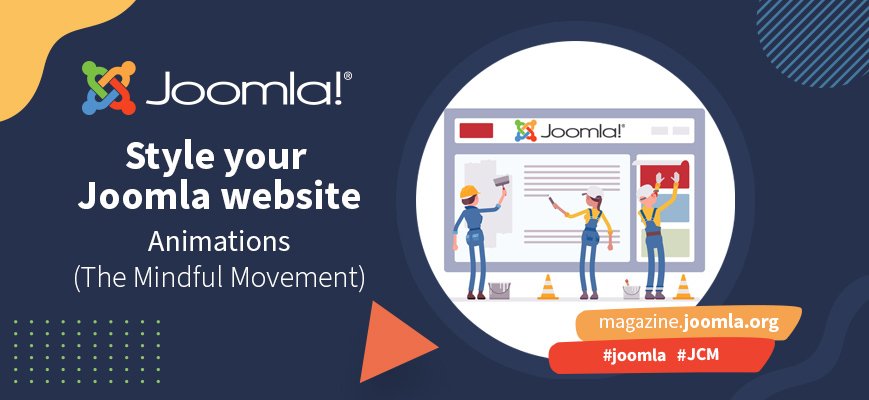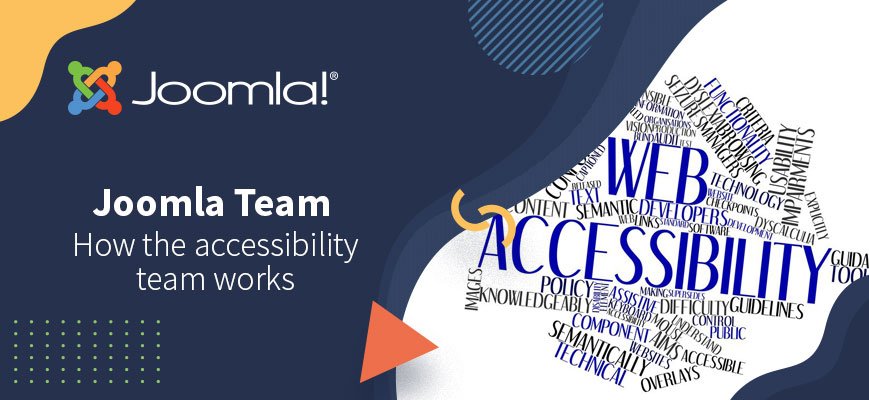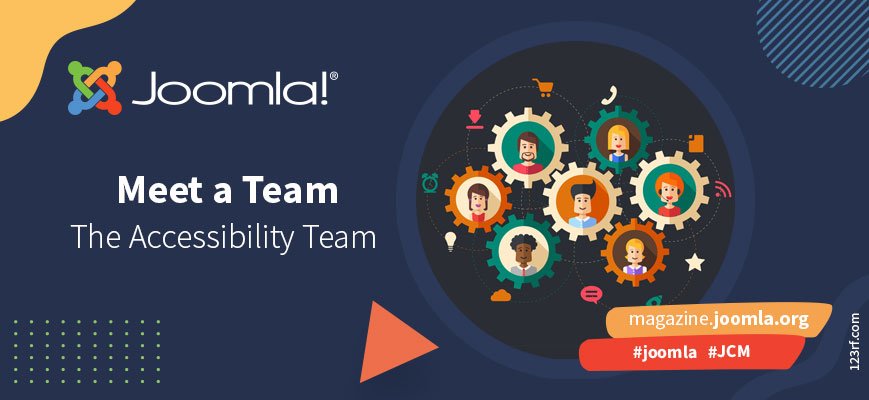In the last article today's topic was already mentioned: the use of the keyboard on websites. It was found that none of the testing tools detected whether a bypass element was present. In this article, we’ll take a look at what the testing tools have to say about focus.
The accessibility tester strikes again! In this article, we introduce another "blind spot" of automated accessibility testing tools: the bypass – and it’s not what you might think at first.
I still clearly remember how different the internet looked about 20 years ago. Websites were mostly built using table layouts - at the time, there were hardly any other options for structuring content. Design trends like drop shadows, rounded corners, and bright colors dominated the visual style. Mobile devices weren't a consideration yet, and responsive design simply didn't exist. Usability played a very different role back then, and content maintenance was mostly a technical task reserved for developers. For editors, it was often a real challenge.
When you're designing or building a website, you'll probably make sure it appeals to your target group, or your client's target group. You'll carefully choose the images and the colours and for the content you'll use wording and vocabulary that fits the target group. But have you thought of the usability and accessibility? Not all visitors can navigate the same way. If you can't use a mouse, how do you know where you are?
Accessibility testing is a never ending story – this is not the first article in our magazine and will not be the last one.
We arrive at our last 3 chapters! In this edition, we will cover Accessibility, Eco-Friendliness, and some extra Optimization Tidbits. Let's dive right in!
The issue of accessibility is highly topical in the business world, as well as in local authorities. In the web domain, this concerns the hearing and visually impaired, as well as certain dyslexic disorders, and even cognitive disorders.
In the last article of this series we created a website for a fitness center called “Be fit” and added some colors to the menu and a few page elements. In this article we will stay by “Be fit” and add some movement.
The Internet is an integral part of our lives. Whether we want to search for information, exchange ideas, do our banking or book a train ticket. It's all possible on the web. Unfortunately, people with disabilities still fail far too often due to barriers that make it impossible for them to use such offers.
In the series Meet the team, this month we have an interview with the Joomla Accessibility Team. Accessibility is one of the highlighted features of Joomla 4, and the team is still working on updating and improving Joomla and its properties in the accessibility area.
By accepting you will be accessing a service provided by a third-party external to https://magazine.joomla.org/
 Community Magazine
Community Magazine 








